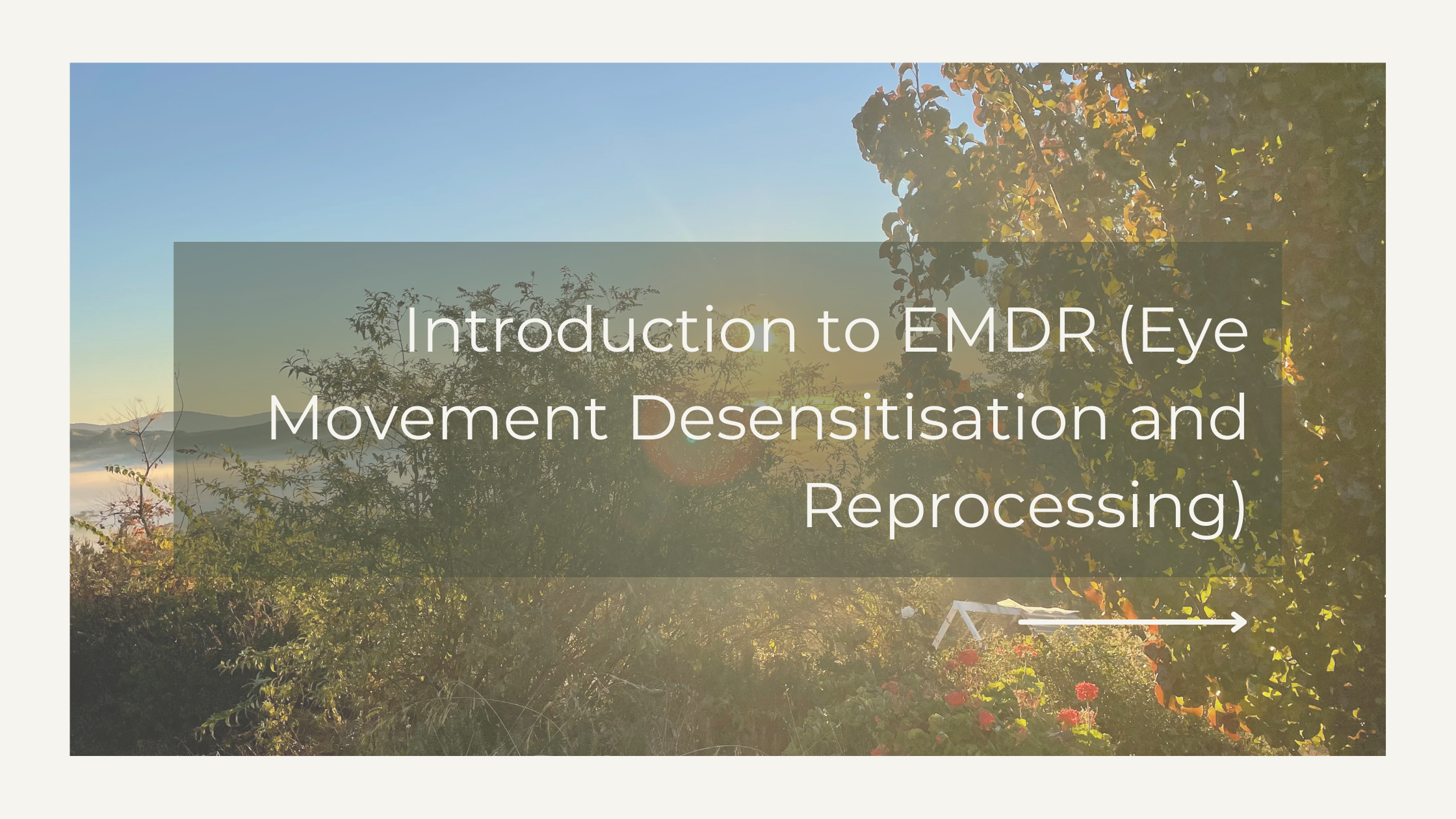Introduction to EMDR (Eye Movement Desensitisation and Reprocessing)
What is EMDR? EMDR is a structured psychotherapy approach developed by Dr. Francine Shapiro in the late 1980s. It is designed to help people process…
What is EMDR?
EMDR is a structured psychotherapy approach developed by Dr. Francine Shapiro in the late 1980s. It is designed to help people process traumatic memories and reduce the emotional distress associated with them. While originally used for PTSD, it has since been applied to various conditions such as anxiety, depression, and phobias.
The core of EMDR involves the client recalling traumatic or distressing events while the therapist guides them through bilateral stimulation, often using eye movements. This process helps the brain integrate these memories in a way that reduces their emotional charge, promoting healing.
How Does EMDR Work?
At the heart of EMDR is bilateral stimulation, which typically involves moving the eyes back and forth in response to the therapist’s guidance. Other forms of stimulation, such as alternating taps or sounds, can also be used.
This bilateral stimulation appears to help the brain reprocess traumatic memories, much like it processes information during REM sleep. By revisiting these memories in a controlled, therapeutic setting, clients can resolve emotional and psychological blockages, allowing the brain to reframe the distressing memories.
The Role of Adaptive Information Processing (AIP)
EMDR is grounded in the Adaptive Information Processing (AIP) model, which proposes that the brain naturally processes and stores information in a way that promotes mental health and emotional well-being. When traumatic or highly distressing experiences occur, this natural processing can become disrupted, causing memories to remain “stuck” or improperly integrated. This results in negative thoughts, feelings, and behaviours being triggered when the person recalls the trauma.
According to AIP, these unprocessed memories are stored in a state that can lead to ongoing psychological distress. EMDR works by reactivating these memories and allowing the brain to process them adaptively, essentially “unsticking” them and enabling healthier emotional integration. The bilateral stimulation used in EMDR helps facilitate this adaptive processing, allowing the brain to transform the traumatic memory into one that no longer causes intense emotional reactions.
The 8 Phases of EMDR Therapy
EMDR therapy is delivered in eight distinct phases. Here’s a quick overview:
- History Taking: The therapist gathers information on the client’s history and identifies traumatic memories for treatment.
- Preparation: The client is introduced to EMDR and learns self-regulation techniques to ensure emotional stability throughout the process.
- Assessment: The therapist works with the client to identify target memories and negative beliefs associated with those memories.
- Desensitisation: Using bilateral stimulation, the therapist helps the client reprocess the memory, reducing its emotional impact.
- Installation: Positive beliefs are reinforced to replace the negative ones tied to the memory.
- Body Scan: The client is asked to focus on their body to ensure no residual physical tension related to the memory remains.
- Closure: Each session ends with the client feeling stable and secure, and self-regulation techniques are reviewed.
- Reevaluation: In future sessions, the therapist checks on progress and determines if further processing is needed.
Who Can Benefit from EMDR?
While EMDR is best known for its effectiveness in treating PTSD and trauma, it has shown success with a wide range of other issues, including:
- Anxiety disorders: Clients struggling with chronic anxiety or panic disorders.
- Depression: Especially in cases with a history of trauma or unresolved grief.
- Phobias and fears: EMDR can help clients reprocess irrational fears.
- Grief and loss: Particularly for individuals who have experienced a traumatic loss.
EMDR is versatile, offering healing beyond trauma, helping clients reprocess distressing memories, and promoting healthier psychological well-being.
EMDR @ Regenerative Psychology
Our director Lauren will be offering EMDR therapy from January 2025 via telehealth and in person at our clinic in Holbrook, NSW. To join the waitlist, or schedule an appointment please visit our booking page or contact the clinic.



